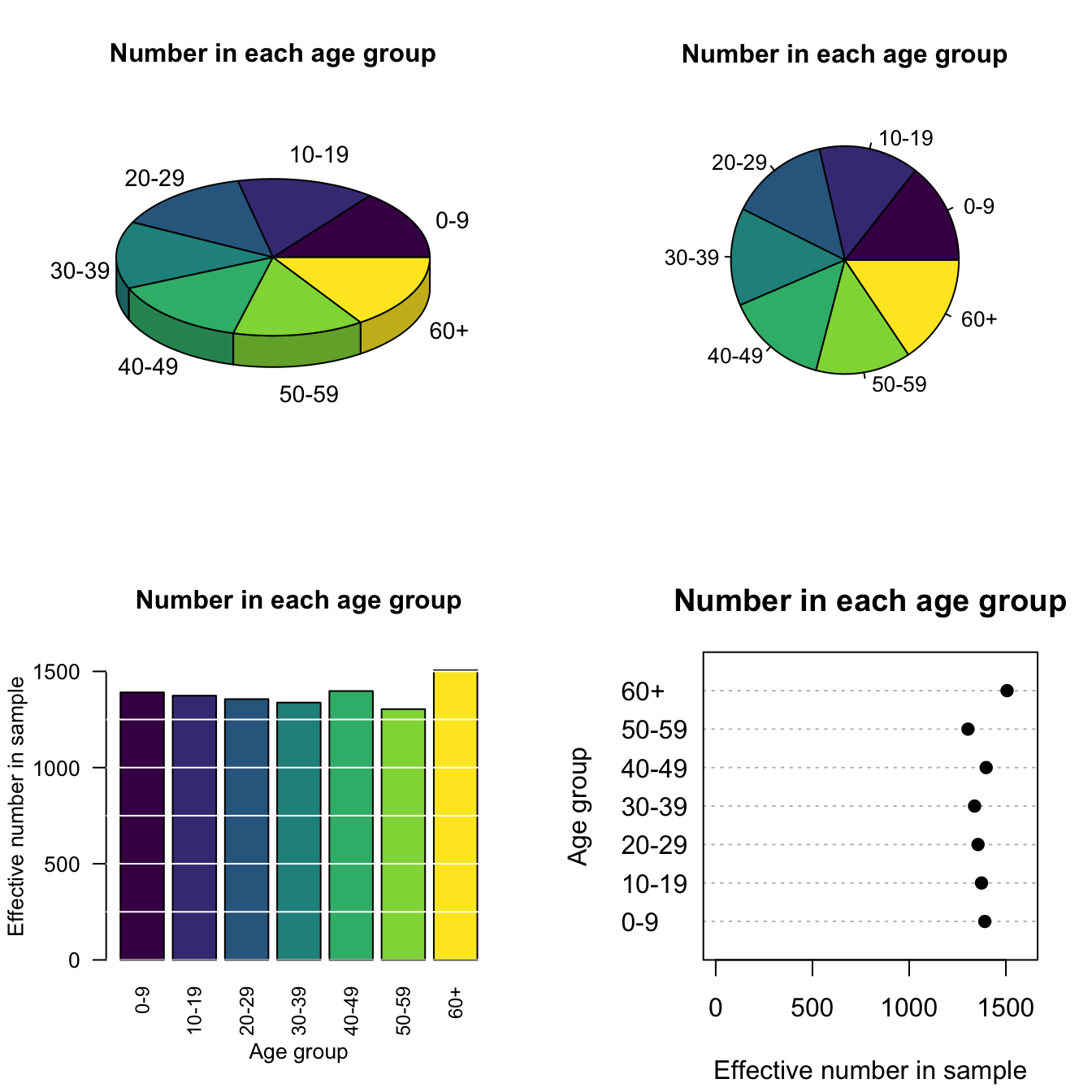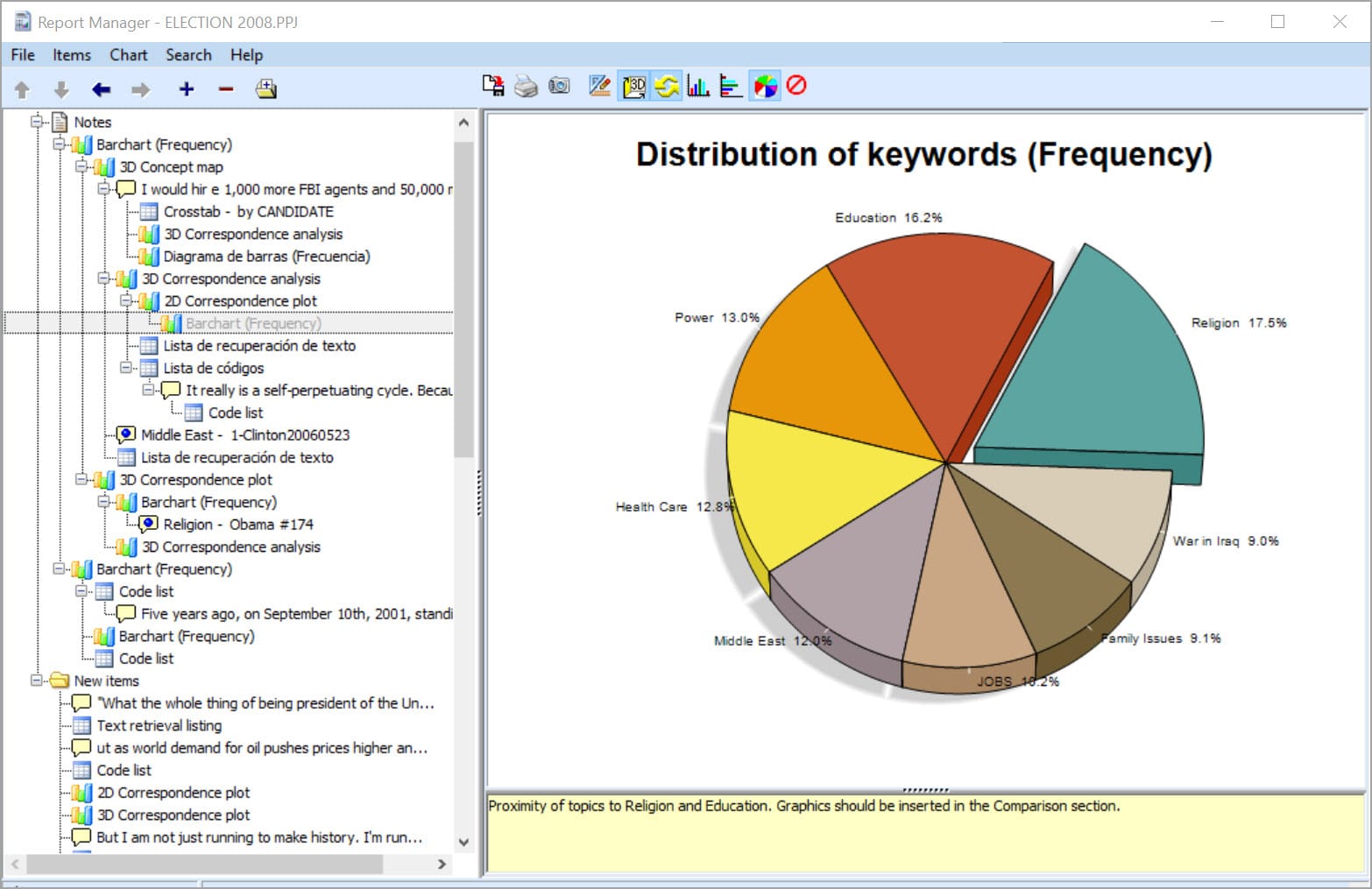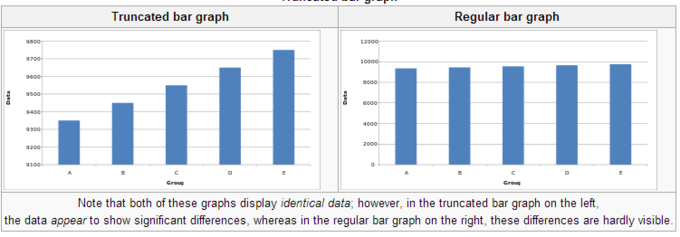Detailed SPSS Assignment Examples for Graduate Students|2025
Graduate students in fields such as social sciences, business, psychology, and health sciences are often required to utilize statistical software to analyze data and present their findings. One of the most commonly used tools for data analysis is SPSS (Statistical Package for the Social Sciences). SPSS allows students and researchers to perform a range of statistical analyses with ease, from simple descriptive statistics to complex multivariate analyses.
As part of their coursework or research projects, students are often asked to complete SPSS assignments, which require them to not only conduct statistical analysis but also present their findings in a clear and coherent report. This paper aims to provide detailed SPSS assignment examples, including the associated methods and interpretation of results, for graduate students. By examining these examples, students will gain insights into the proper approach for completing assignments and writing SPSS reports.
Understanding SPSS Assignments
SPSS assignments for graduate students are typically structured in a way that includes both quantitative and qualitative components. These assignments usually require students to collect data, enter the data into SPSS, conduct various statistical tests, and interpret the results. Graduate-level SPSS assignments may also involve the creation of tables, charts, and graphs to visually represent the data and its analysis. As part of these assignments, students are also expected to write a detailed report summarizing their findings, methodology, and conclusions.
SPSS data analysis is crucial for graduate students because it helps them develop the skills necessary to handle large datasets, perform statistical analyses, and draw valid conclusions based on their data. Below, we provide detailed examples of common SPSS assignments that graduate students may encounter. These examples cover a variety of statistical methods, from basic descriptive statistics to more advanced inferential techniques.
Example 1: Descriptive Statistics Analysis in SPSS
One of the most common types of SPSS assignments involves descriptive statistics. Descriptive statistics help summarize and describe the main features of a dataset. A typical assignment might ask students to conduct an analysis of a dataset using descriptive statistics and present their findings in the form of tables and graphs.
Assignment Scenario: A graduate student is given a dataset containing information about student grades in a university course. The dataset includes variables such as student ID, age, gender, and final grade in the course. The student is tasked with calculating the mean, median, and standard deviation for the final grade, as well as generating a frequency distribution and histogram.
Steps for Analysis:
- Open the dataset in SPSS.
- Use the “Descriptive Statistics” function in SPSS to calculate the mean, median, and standard deviation of the final grade.
- Create a frequency distribution for the final grade variable.
- Generate a histogram to visually display the distribution of grades.
- Interpret the results:
- The mean provides the average grade.
- The median offers the middle point of the grades.
- The standard deviation indicates how much variation exists in the grades.
- The frequency distribution and histogram help to visualize how the grades are distributed.
Interpretation: The graduate student would interpret these results in the context of the assignment. For example, they might conclude that the mean grade is 75%, with a standard deviation of 10%. This suggests that most students scored around 75%, but there was some variability in the scores.
Example 2: Correlation Analysis in SPSS
Another common type of SPSS assignment involves correlation analysis. Correlation analysis is used to examine the relationship between two variables. A graduate student might be asked to determine whether there is a significant relationship between two variables, such as the number of hours studied and exam scores.
Assignment Scenario: A graduate student is tasked with analyzing a dataset containing information about the number of hours students study for an exam and their exam scores. The student needs to calculate the Pearson correlation coefficient to determine if there is a significant relationship between the two variables.
Steps for Analysis:
- Open the dataset in SPSS.
- Select the “Correlate” option from the Analyze menu.
- Choose the two variables (hours studied and exam scores) for correlation analysis.
- Select the Pearson correlation method.
- Interpret the results:
- A positive correlation suggests that as one variable increases, the other variable also increases.
- A negative correlation suggests that as one variable increases, the other decreases.
- The closer the correlation coefficient is to 1 or -1, the stronger the relationship.
Interpretation: The graduate student would report the correlation coefficient (e.g., r = 0.85) and interpret the strength and direction of the relationship. In this case, a positive correlation of 0.85 would suggest a strong positive relationship between the number of hours studied and exam scores. This means that students who study more tend to achieve higher exam scores.
Example 3: Regression Analysis in SPSS
Regression analysis is another important statistical method that graduate students may encounter in their SPSS assignments. Regression analysis allows students to explore the relationship between a dependent variable and one or more independent variables. A simple linear regression might be used to predict a dependent variable based on the value of an independent variable.
Assignment Scenario: A graduate student is asked to analyze a dataset containing information about the salary of employees and their years of experience in the workforce. The student is tasked with conducting a simple linear regression to predict salary based on years of experience.
Steps for Analysis:
- Open the dataset in SPSS.
- Select “Linear Regression” from the Analyze menu.
- Choose salary as the dependent variable and years of experience as the independent variable.
- Run the regression analysis and interpret the results:
- The regression coefficient indicates the change in the dependent variable (salary) for each unit change in the independent variable (years of experience).
- The R-squared value indicates how well the independent variable explains the variation in the dependent variable.
Interpretation: The graduate student would report the regression equation (e.g., salary = 30000 + 1500 * years of experience) and interpret the results. For instance, the coefficient of 1500 suggests that for each additional year of experience, an employee’s salary increases by $1,500. The R-squared value indicates the proportion of the variation in salary that can be explained by years of experience.
Example 4: ANOVA (Analysis of Variance) in SPSS
ANOVA is a statistical test used to compare means across multiple groups. Graduate students may be tasked with conducting an ANOVA to determine if there are significant differences in the means of more than two groups.
Assignment Scenario: A graduate student is given a dataset containing information about the performance of students in three different teaching methods: traditional lecture, online learning, and blended learning. The student is tasked with conducting a one-way ANOVA to determine if there are significant differences in the final exam scores among the three teaching methods.
Steps for Analysis:
- Open the dataset in SPSS.
- Select “One-Way ANOVA” from the Analyze menu.
- Choose the final exam score as the dependent variable and teaching method as the factor.
- Run the ANOVA and interpret the results:
- If the p-value is less than 0.05, there is a significant difference between the means.
- The post-hoc tests (e.g., Tukey’s HSD) can be used to identify which specific groups differ.
Interpretation: The graduate student would report the ANOVA results, including the F-statistic and p-value. If the p-value is less than 0.05, the student would conclude that there is a significant difference in final exam scores between the teaching methods. Post-hoc tests can help determine which methods differ significantly from each other.
Conclusion
SPSS assignments for graduate students are designed to help students develop the skills necessary to analyze and interpret quantitative data. By completing these assignments, students learn how to use statistical methods to draw meaningful conclusions from data. The examples provided in this paper, such as descriptive statistics, correlation analysis, regression analysis, and ANOVA, demonstrate the types of analyses students may encounter in their coursework.
Graduate students can find detailed SPSS assignment examples in various formats, including PowerPoint presentations (e.g., “Detailed SPSS Assignment Examples for Graduate Students PPT”), PDFs (e.g., “Detailed SPSS Assignment Examples for Graduate Students PDF”), and free downloadable resources (e.g., “SPSS Data Analysis Examples PDF Free Download”). Additionally, SPSS report writing samples and examples of quantitative data analysis using SPSS can serve as valuable references for students as they prepare their assignments and reports.
By understanding the key principles and steps involved in SPSS analysis, graduate students can successfully complete their assignments and gain a deeper understanding of data analysis. Whether it’s conducting basic descriptive statistics or more advanced inferential techniques like regression and ANOVA, SPSS is an essential tool for graduate students seeking to analyze data and present their findings in a professional manner.
Needs help with similar assignment?
We are available 24x7 to deliver the best services and assignment ready within 3-4 hours? Order a custom-written, plagiarism-free paper





